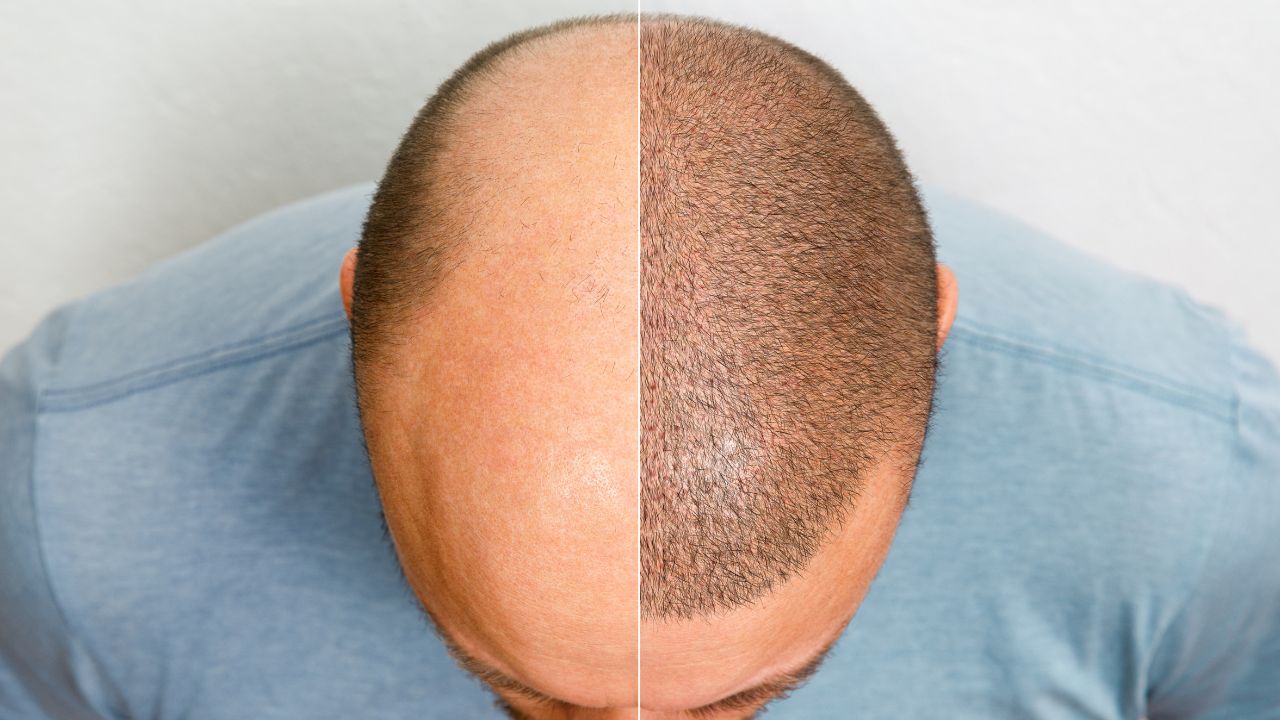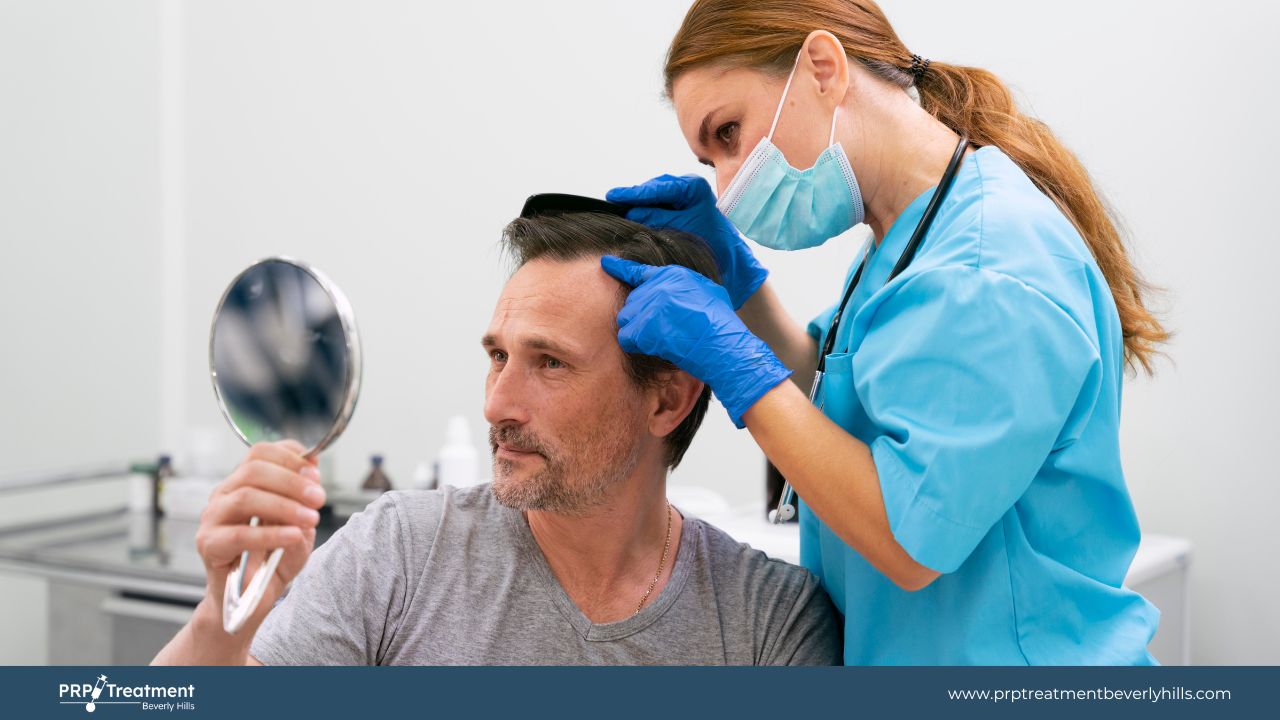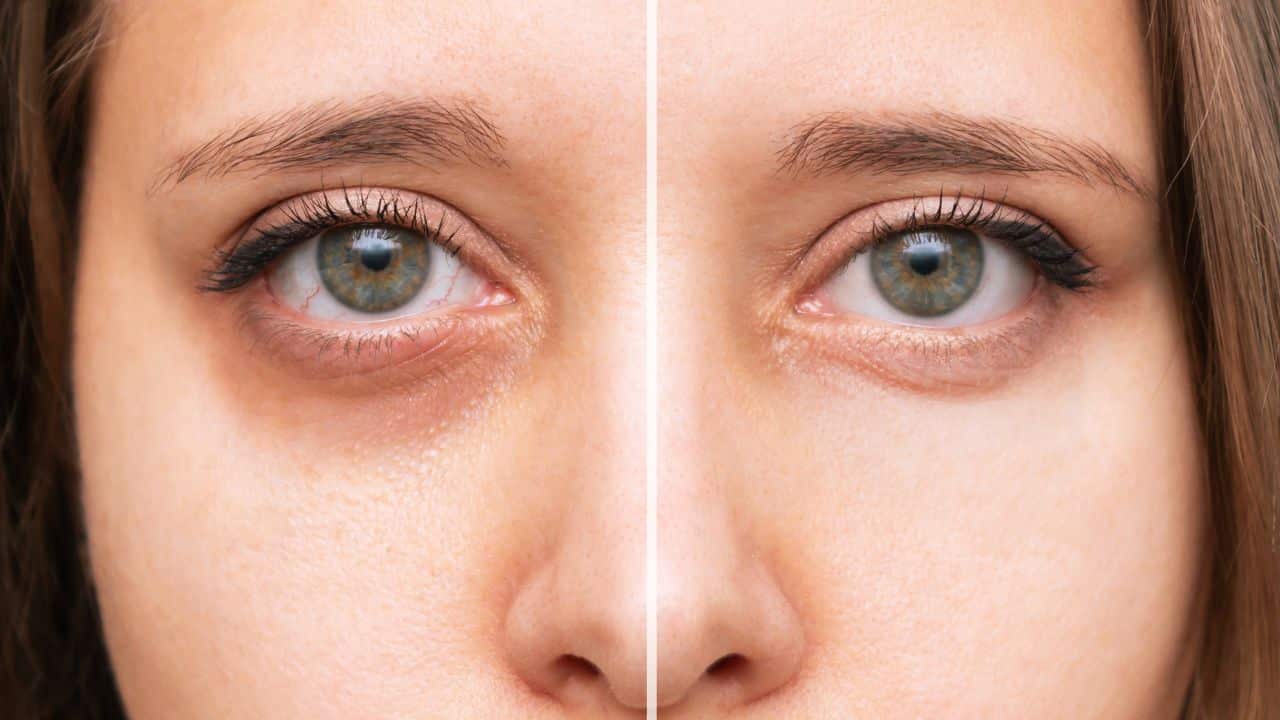Hair loss can be a frustrating and confidence-shattering experience for many people. While there are various treatments available, NeoGraft hair transplantation and PRP (platelet-rich plasma) treatment are the most popular options.
Both methods aim to restore hair growth, but they work differently. In this article, we will take a closer look at the pros and cons of NeoGraft vs PRP to help you understand which treatment may be right for you.
Neograft vs PRP: At A Glance
|
Procedure |
Neograft |
PRP |
|
Type |
Surgical |
Non-surgical |
|
How it works |
Transplants individual hair follicles from a donor area to a recipient area | Injects a patient’s platelet-rich plasma into the scalp to promote hair growth |
|
Recovery time |
Varies, but may take several days to a week |
Minimal recovery time, patients can return to normal activities immediately |
|
Effectiveness |
Effective for treating hair loss and baldness |
Mild to moderate hair loss, and as an adjunctive treatment to hair transplants |
| Cost | More expensive than PRP |
Less expensive than Neograft |
Neograft vs PRP: In Details
Neograft and PRP (platelet-rich plasma) are two different procedures used in hair restoration. Neograft is a hair transplantation technique in which individual hair follicles are harvested from a donor area and then transplanted to a recipient area. This procedure is typically used to treat hair loss or baldness.
On the other hand, PRP is a non-surgical treatment involving injecting a patient’s platelet-rich plasma into the scalp. This is believed to promote hair growth by stimulating the hair follicles. PRP is often used as an adjunctive treatment to hair transplants or as a standalone treatment for mild to moderate hair loss.
In summary, Neograft is a surgical procedure that transplants hair from one area of the scalp to another. PRP is a non-surgical treatment that uses a patient’s platelets to promote hair growth on the scalp.

Neograft Side Effects
Neograft is a surgical procedure, and as with any surgery, there are potential risks and side effects associated with the procedure. Some of the possible side effects of Neograft include:
- Pain or discomfort at the donor and recipient sites
- Swelling and redness around the treated areas
- Bruising and bleeding
- Numbness or tingling in the scalp
- Temporary loss of sensation in the treated areas
- Infection
- Scarring
- Poor wound healing
- Unsatisfactory results
- Adverse reaction to anesthesia
PRP Treatment For Hair Side Effects
As with any medical procedure, there are potential risks and side effects associated with PRP treatment for hair loss. Some of the possible side effects of PRP treatment include:
- Pain or discomfort during the procedure
- Swelling and redness around the injection site
- Bruising and bleeding
- Infection
- Unsatisfactory results
- Allergic reaction to the injected material
How long does NeoGraft Last?

The results of a NeoGraft hair transplant procedure are permanent. The transplanted hair will grow in the new location just as it would have in the original location. However, it is important to note that hair loss is a progressive condition, and if you have ongoing hair loss, additional transplants may be necessary to maintain the desired results.
The transplanted hair will start to grow in the new location after about three to four months, and the growth process will continue for about 9-12 months. The final results of the transplant can be seen after about one year.
The success of a NeoGraft hair transplant depends on several factors, including the surgeon’s skill, the patient’s health, and the patient’s ability to follow post-operative instructions.
NeoGraft results are natural-looking but will not look exactly like the original hair before hair loss, as the hair quality and texture might have changed over time.
PRP or Hair Transplant Which Is Better?
PRP (platelet-rich plasma) treatment and hair transplantation (Neograft) is used to treat hair loss and baldness, but they work in different ways. The best treatment option for you will depend on the extent of your hair loss, your personal preferences, and your overall health.
Differences Between PRP vs Minoxidil
PRP (platelet-rich plasma) treatment and minoxidil are used to treat hair loss, but they work differently.
PRP treatment is a non-surgical procedure that involves injecting a patient’s platelets into the scalp to promote hair growth. The platelets contain growth factors that can stimulate the development of new hair follicles.
On the other hand, Minoxidil is a topical medication applied directly to the scalp. It works by widening the scalp blood vessels, increasing blood flow and oxygen to the hair follicles. This can help to revitalize hair growth and slow down hair loss. Minoxidil is available over the counter and is considered safe for most people. However, it may cause skin irritation, itching, and dryness.
Both PRP and minoxidil are considered adjunctive treatments for hair loss. For best results, it’s best to consult with a hair restoration specialist to determine the best treatment plan for your specific needs.
Conclusions
NeoGraft and PRP are effective options for treating hair loss, but they work differently. NeoGraft is a surgical procedure involving transplanting individual hair follicles from donor to recipient areas. In contrast, PRP treatment is a non-surgical procedure that involves injecting a patient’s platelets into the scalp to promote hair growth.
It’s essential to consult with a hair restoration specialist to determine which treatment is best for your specific needs based on the extent of your hair loss and your personal preferences. Both treatments have their own benefits and drawbacks; ultimately, the decision should be tailored to your specific circumstances.





